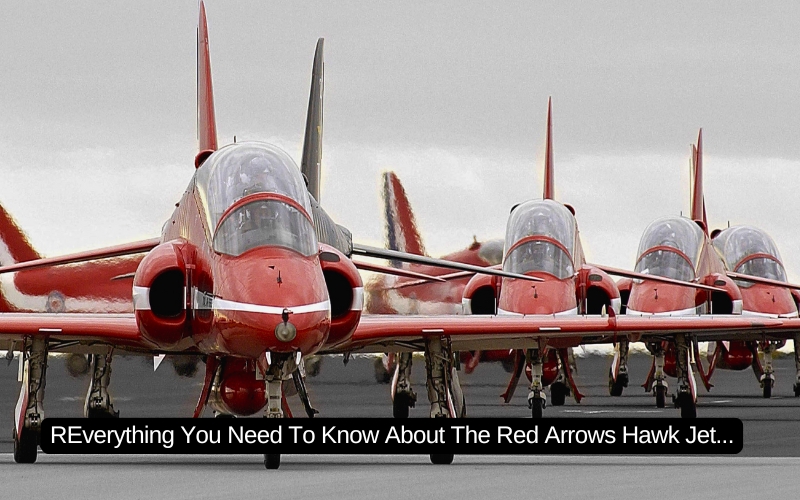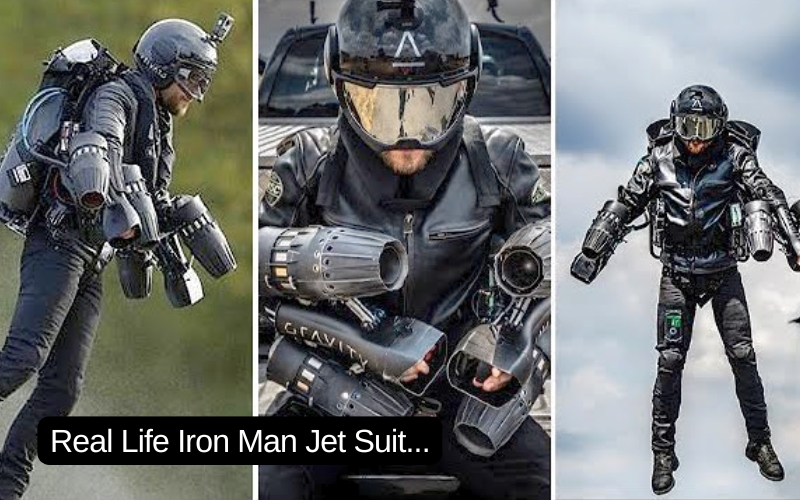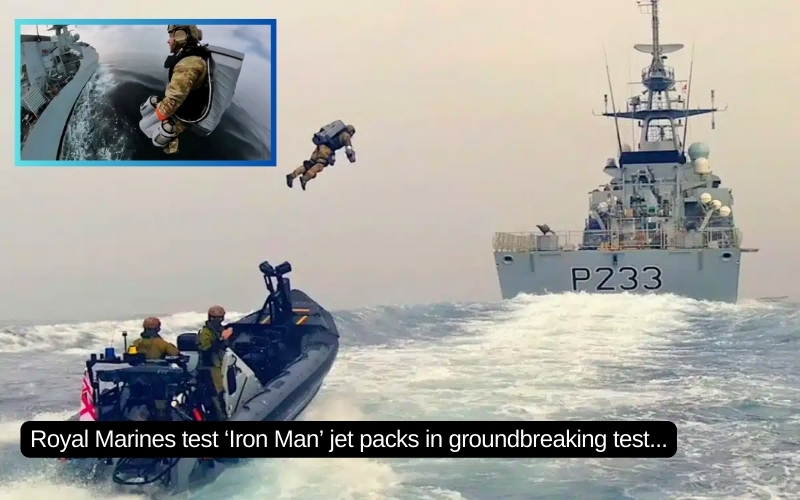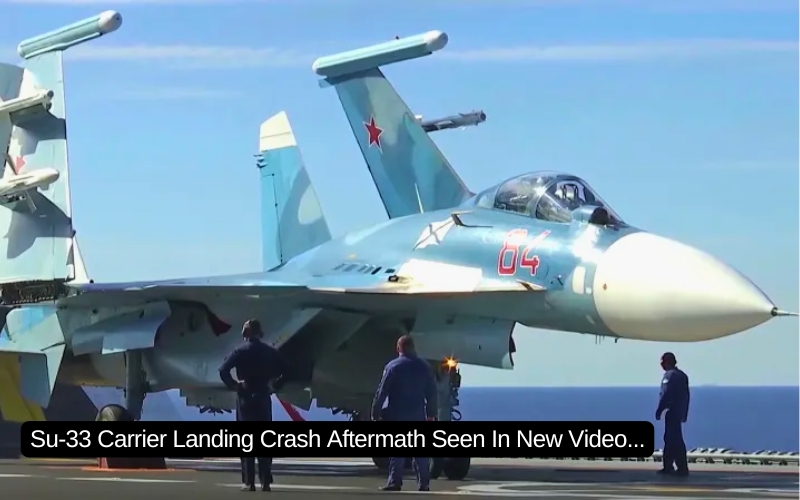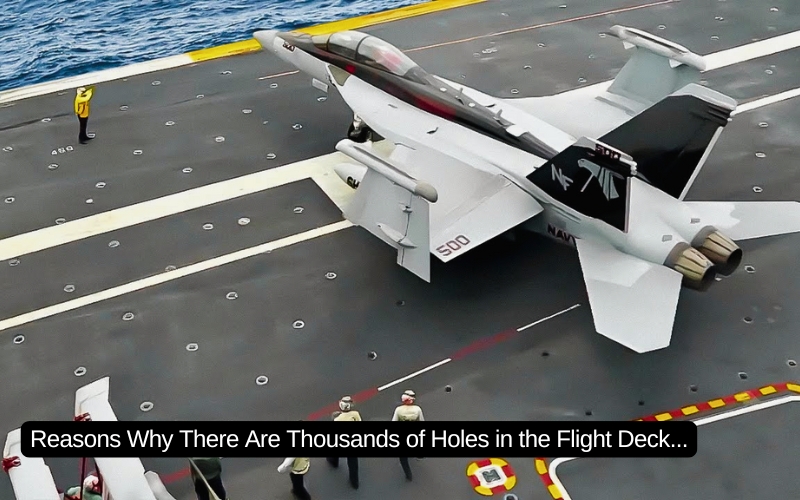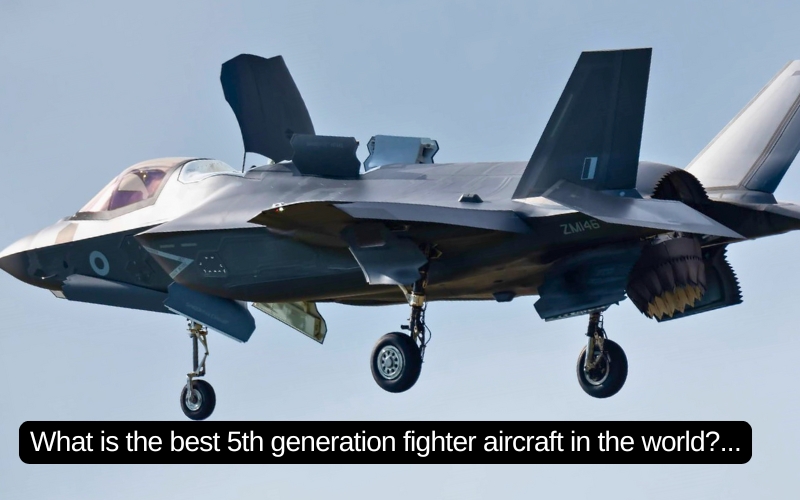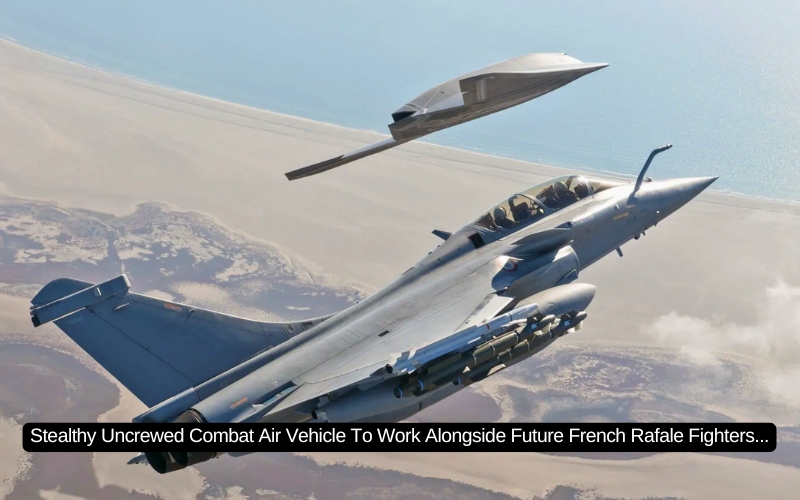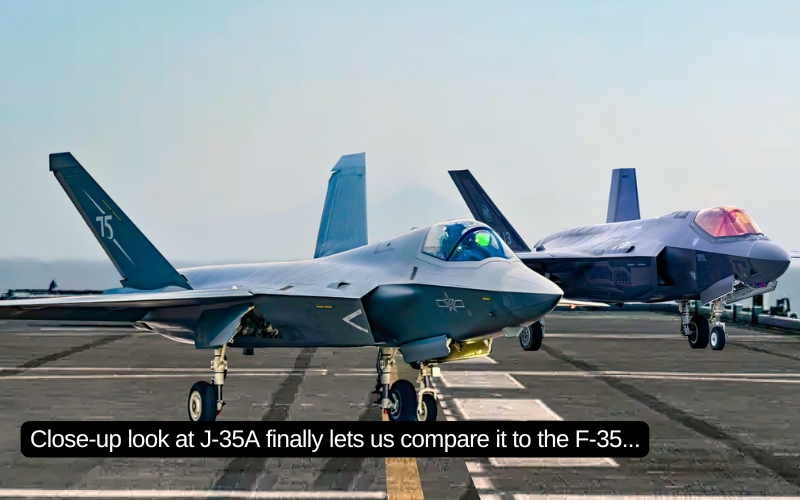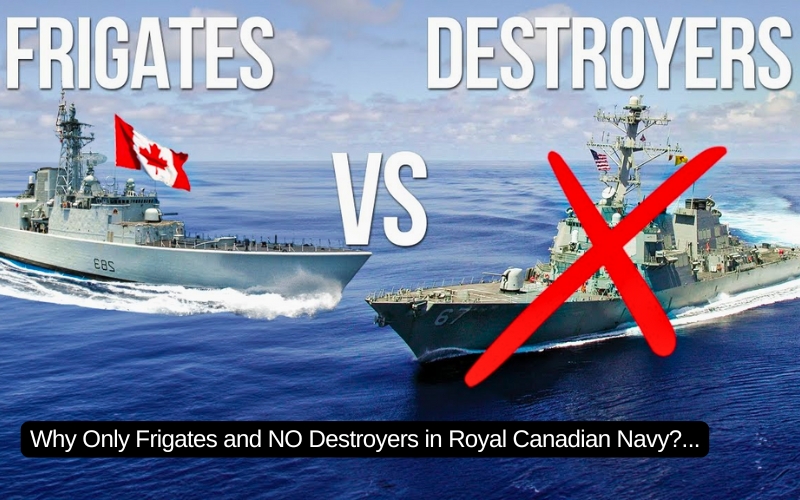Few aircraft are as universally recognizable or as closely associated with a specific era in history as the UH-1 “Huey” helicopter.
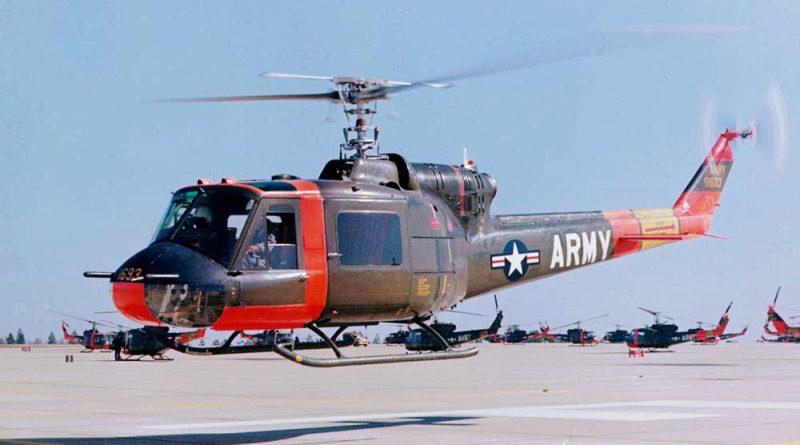
Developed by Bell Helicopter and used extensively by the U.S. military, especially during the Vietnam War, the UH-1 has left an indelible imprint on aviation history.
Despite its age, it continues to serve in various roles worldwide, testifying to its robust design and versatile capabilities.
Design & Development
The genesis of the UH-1 dates back to the early 1950s when the U.S. Army expressed a need for a new multi-purpose helicopter.
Bell Helicopter won the contract in 1955 with their XH-40 prototype, which subsequently evolved into the UH-1.
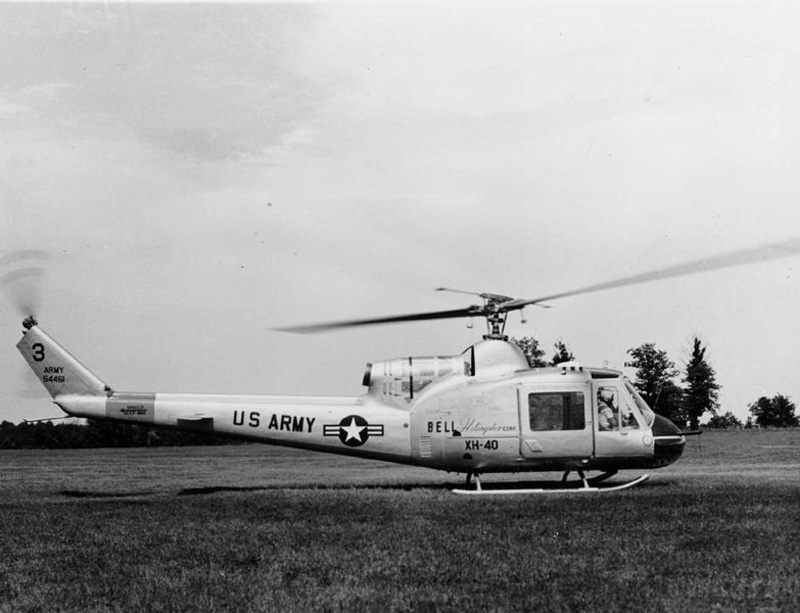
The UH-1, officially known as the Iroquois but universally known as the “Huey” due to its original designation (HU-1), represented a significant advancement in helicopter design.
It was the first turbine-powered helicopter to enter production for the U.S. military, utilizing a single Lycoming T53 turboshaft engine.
The T53 is renowned for its combination of power and reliability, two essential features for military helicopters. Over the years, the engine has been upgraded and improved, with later models offering over 1,800 shaft horsepower.
This engine is perhaps most famously associated with the Bell UH-1 “Huey” helicopter, where it played a significant role in the Huey’s performance and capabilities.
The T53 was the first turbine engine to be used in a production helicopter in the U.S., marking a significant advancement in helicopter design.
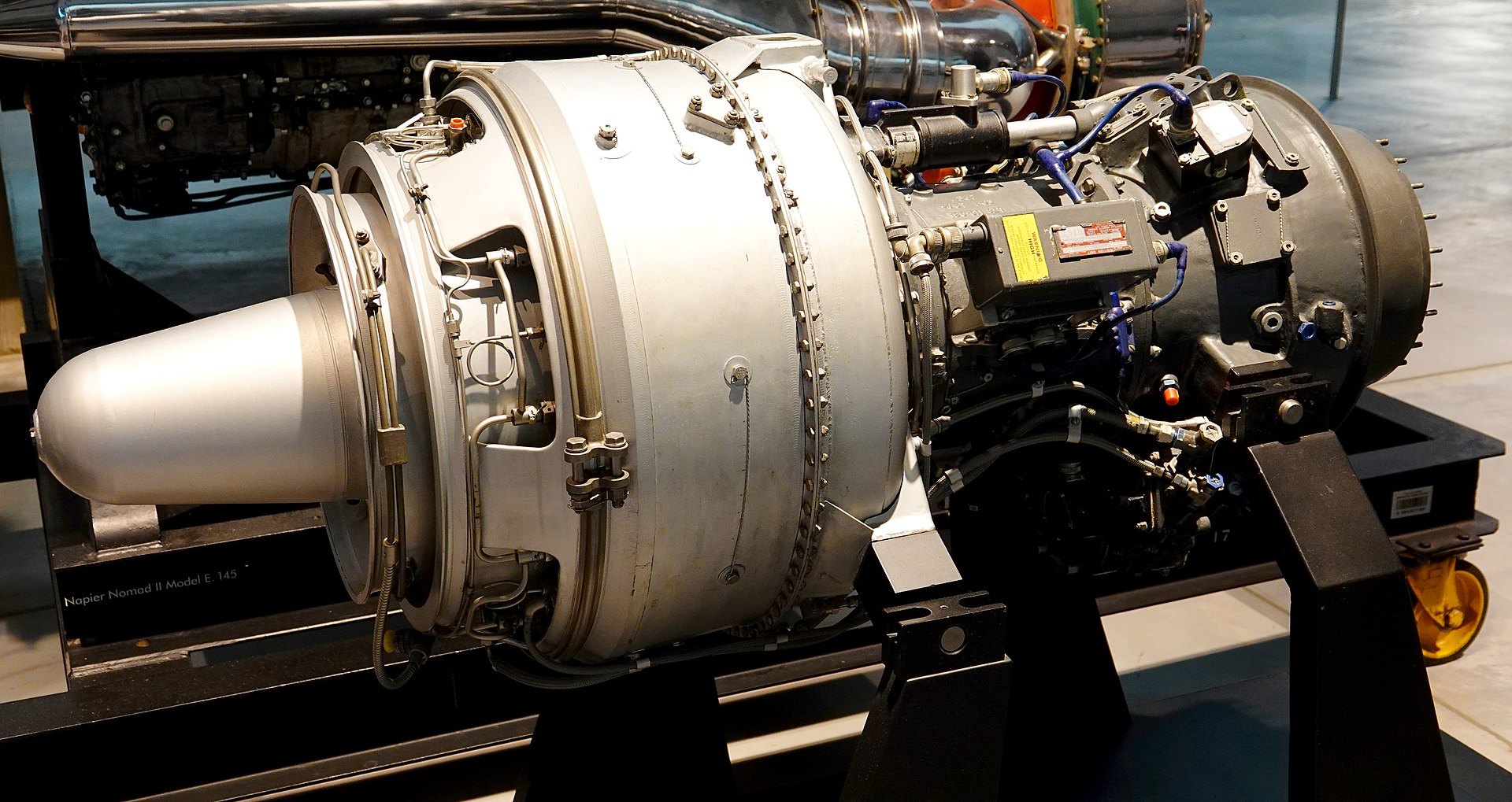
In addition to the Huey, the T53 has powered a wide range of other helicopters and fixed-wing aircraft, such as the Bell AH-1 Cobra, the Sikorsky S-65, and the Grumman OV-1 Mohawk, demonstrating its versatility.
Even today, despite being over 60 years old, the T53 remains in service, a testament to its enduring design and functionality.
The Huey’s design featured a two-bladed main rotor and a single, two-bladed tail rotor.
Its fuselage could accommodate up to 15 persons (including crew), and it could be configured for various roles, including troop transport, medevac, command and control, and as a gunship.
The Huey
The UH-1’s capabilities were defined by its powerful engine and versatile design.
Powered by a 1,100 shaft horsepower Lycoming T53-L-11 engine, the UH-1B, one of the early main production models, it had a top speed of 135 mph and a range of approximately 315 miles.
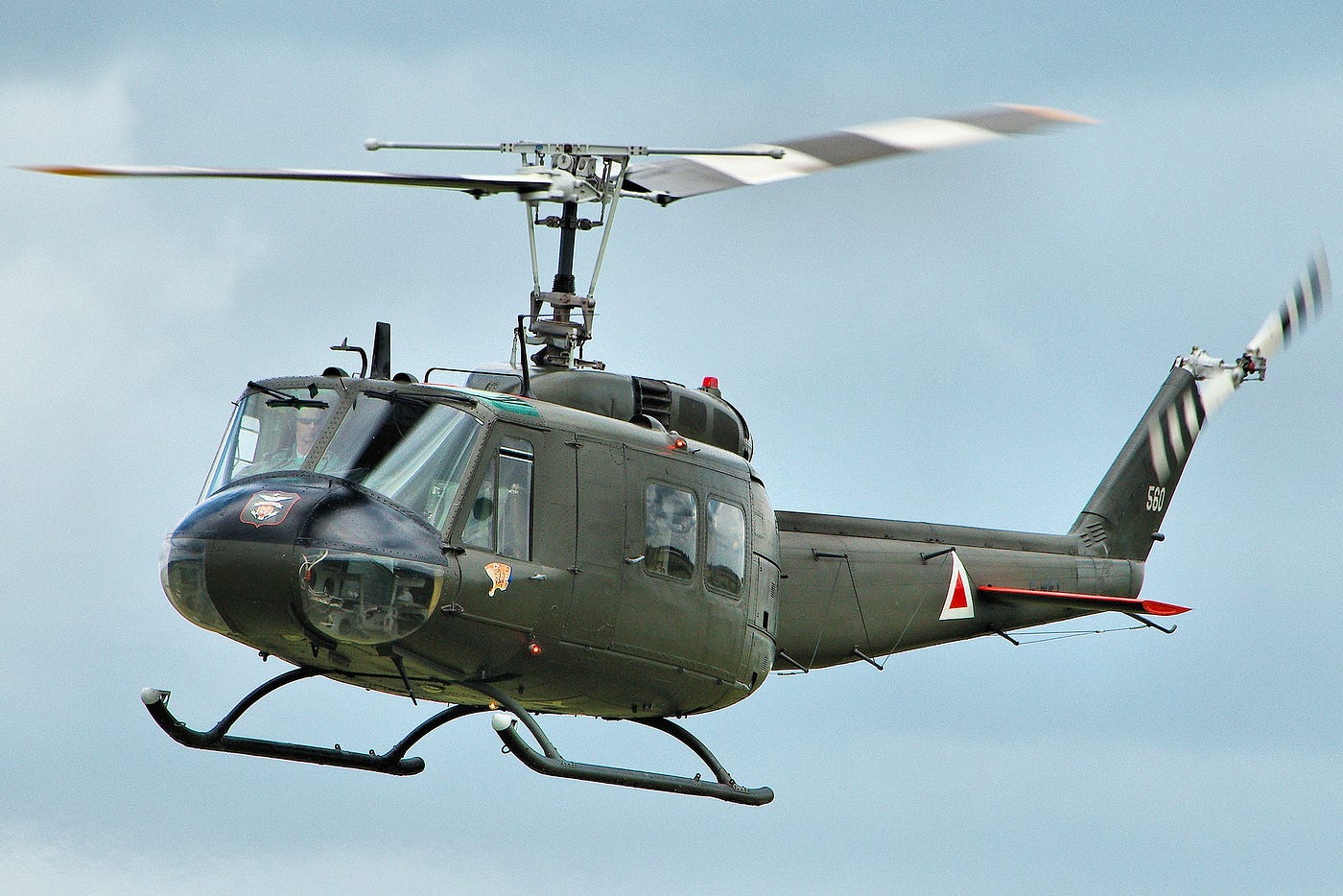
It could climb at a rate of 1,755 feet per minute and had a service ceiling of over 19,000 feet.
The Huey’s spacious and easily reconfigurable cabin could accommodate up to 14 troops or six stretchers, depending on its mission.
Deadly armament turned the Huey from a basic transport helicopter into an effective platform for delivering close air support, a variant often referred to as a ‘gunship’.
Perhaps the most common armament on the Huey was the machine gun.
The M60 machine gun, a belt-fed weapon firing a 7.62x51mm round, was often mounted on a pintle on the helicopter’s side doors.
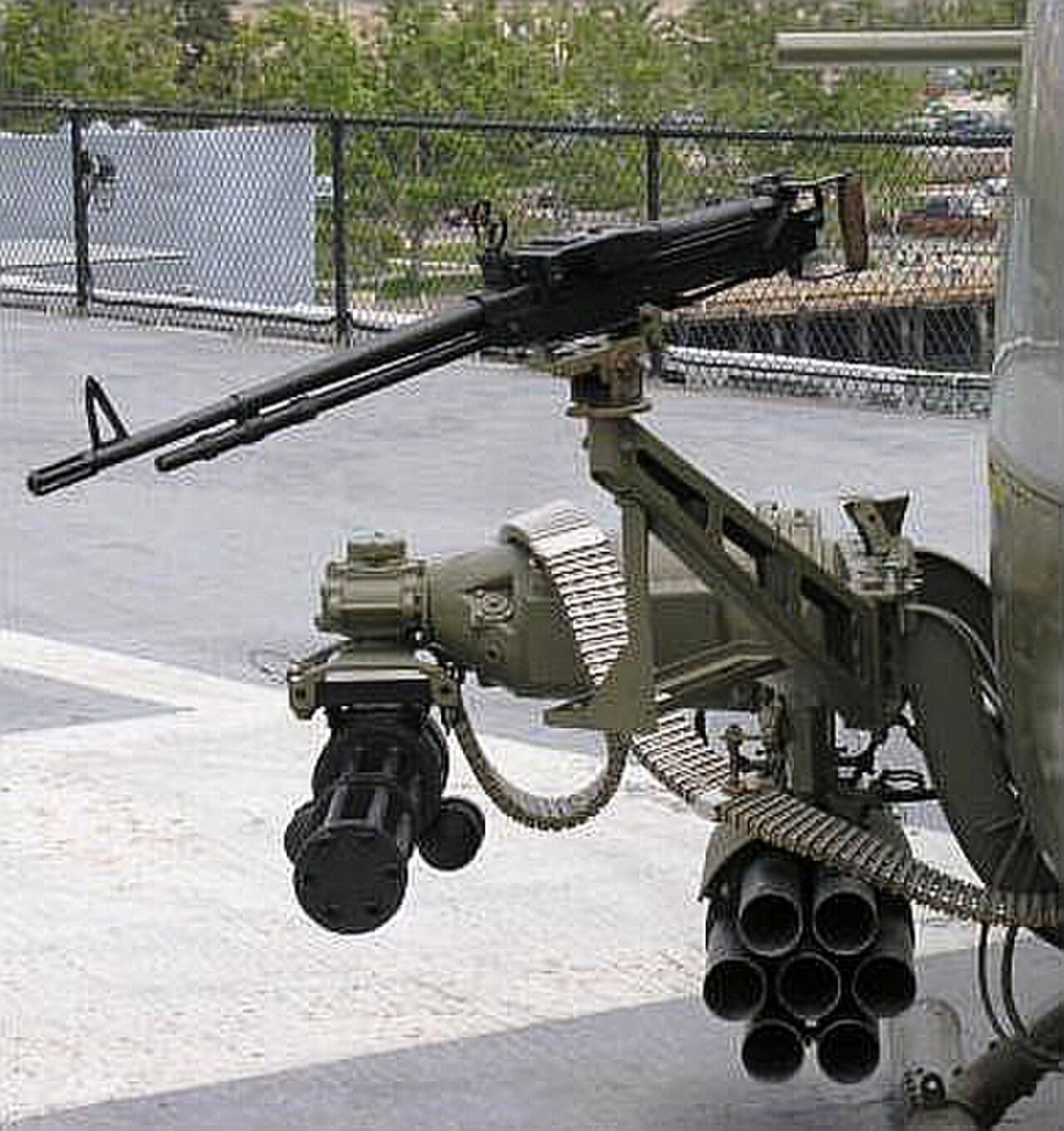
The gunner could swivel and elevate the gun to engage targets. In some configurations, twin M60s were installed on each side of the aircraft.
Another common armament for the Huey were rocket pods, usually mounted on hard points on the helicopter’s sides.
The most frequently used were 2.75-inch (70mm) rockets in M158 or M200 rocket pods, each capable of carrying seven or nineteen rockets, respectively.
These rockets could be armed with a variety of warheads, including high explosive, smoke, or even anti-tank warheads.
The General Electric M134 Minigun, a six-barreled, electrically-driven rotary gun that could fire up to 6,000 rounds of 7.62mm ammunition per minute, was also used on some Huey models.
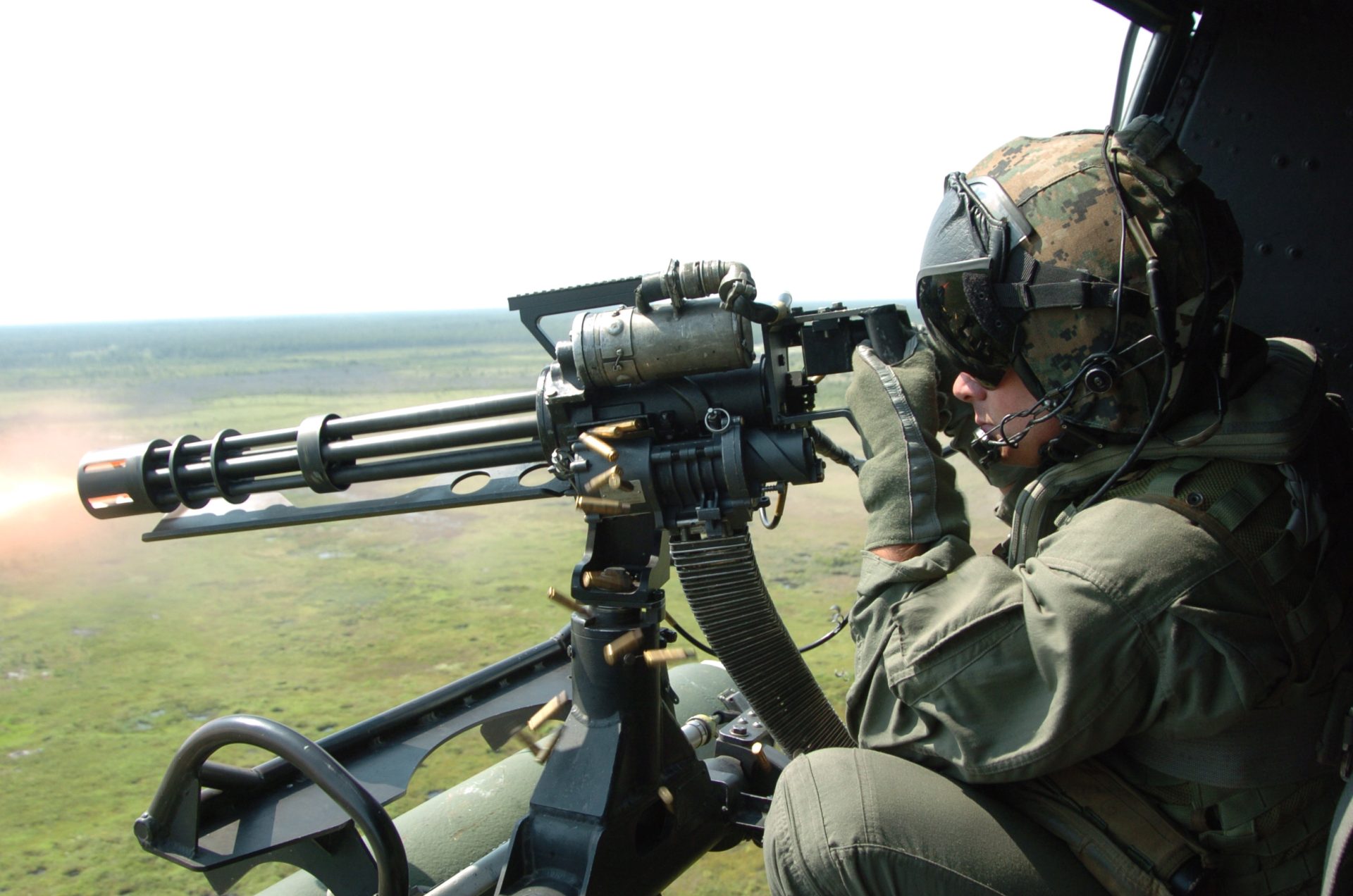
These were often mounted on a flexible mount on the aircraft’s side or in a fixed forward-facing position, depending on the intended role.
Some Huey models were equipped with the XM129 Grenade Launcher, a belt-fed weapon capable of firing 40mm grenades at a high rate. This was typically mounted in a similar fashion to the M134 Minigun.
Various other weapons could be mounted depending on the mission requirement, including the M197 20mm rotary cannon or even anti-tank guided missiles for engaging armoured targets.
The versatility of the Huey to be configured with such a wide variety of armaments made it an invaluable asset in the Vietnam War and various other conflicts, contributing to its legendary status in military aviation history.
Vietnam
On a hot day in April 1967, in the throes of the Vietnam War, a medevac UH-1 Huey, known by the call sign “Dust Off 65”, received a frantic request for evacuation of wounded American soldiers near the village of Vinh Long.
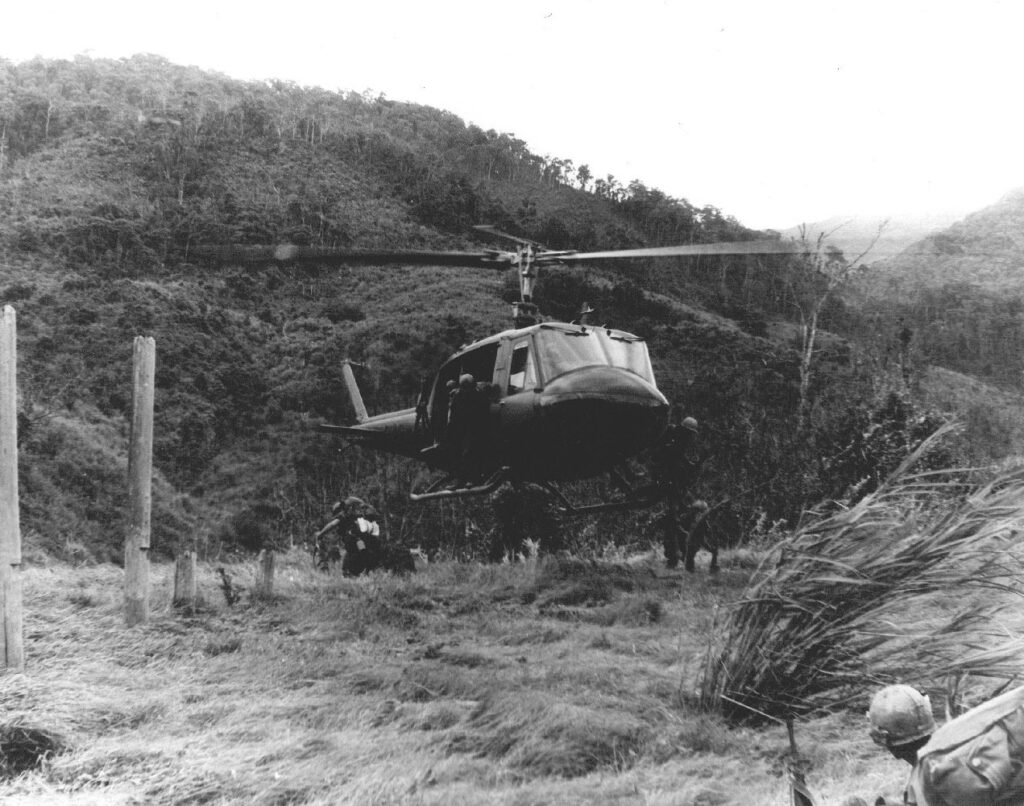
Caught in an intense firefight with the Viet Cong, the troops on the ground were desperate. Despite the considerable risk of flying into an active combat zone, the crew of Dust Off 65 made the courageous decision to attempt the rescue.
The pilot, Major Charles Kelly, was a seasoned officer with a reputation for never leaving a wounded soldier behind.
As the Huey approached the area, it became clear that the situation was dire.
The landing zone was surrounded by dense jungle, making the approach difficult, and Viet Cong gunfire could be heard even above the roar of the Huey’s engine.
Undeterred, Kelly skillfully navigated the Huey towards the landing zone, using every ounce of his flying skills to dodge enemy fire and the towering trees.
As the helicopter touched down, soldiers hurriedly carried their wounded comrades aboard, all while enemy bullets ricocheted off the Huey’s armour.
Suddenly, the Huey’s cabin went silent. A single shot had found its mark, fatally wounding Major Kelly. With his last breath, he uttered his now-famous words over the radio: “When I have your wounded.”

Those words served as a steadfast vow to the commitment of medevac crews: they would not leave until they had the wounded, no matter the cost.
Despite the tragic loss of their pilot, the remaining crew members of Dust Off 65 managed to fly the helicopter back to their base, saving the lives of the wounded soldiers aboard.
Major Charles Kelly’s courage and dedication personified the spirit of the UH-1 “Huey” crews throughout the Vietnam War. His phrase, “When I have your wounded,” remains a symbol of the medevac mission’s unwavering commitment to leaving no soldier behind.
Kelly’s story, and those of many other brave Huey crew members, highlight the helicopter’s pivotal role in the Vietnam War and the human stories intertwined with its service.
Stories from Vietnam like this cemented the Huey’s legendary status.
The conflict marked the first time helicopters were used extensively in combat, transforming how wars were fought.
Over 7,000 Hueys saw service in Vietnam, performing various roles including troop transport, medevac, search and rescue, and ground attack.
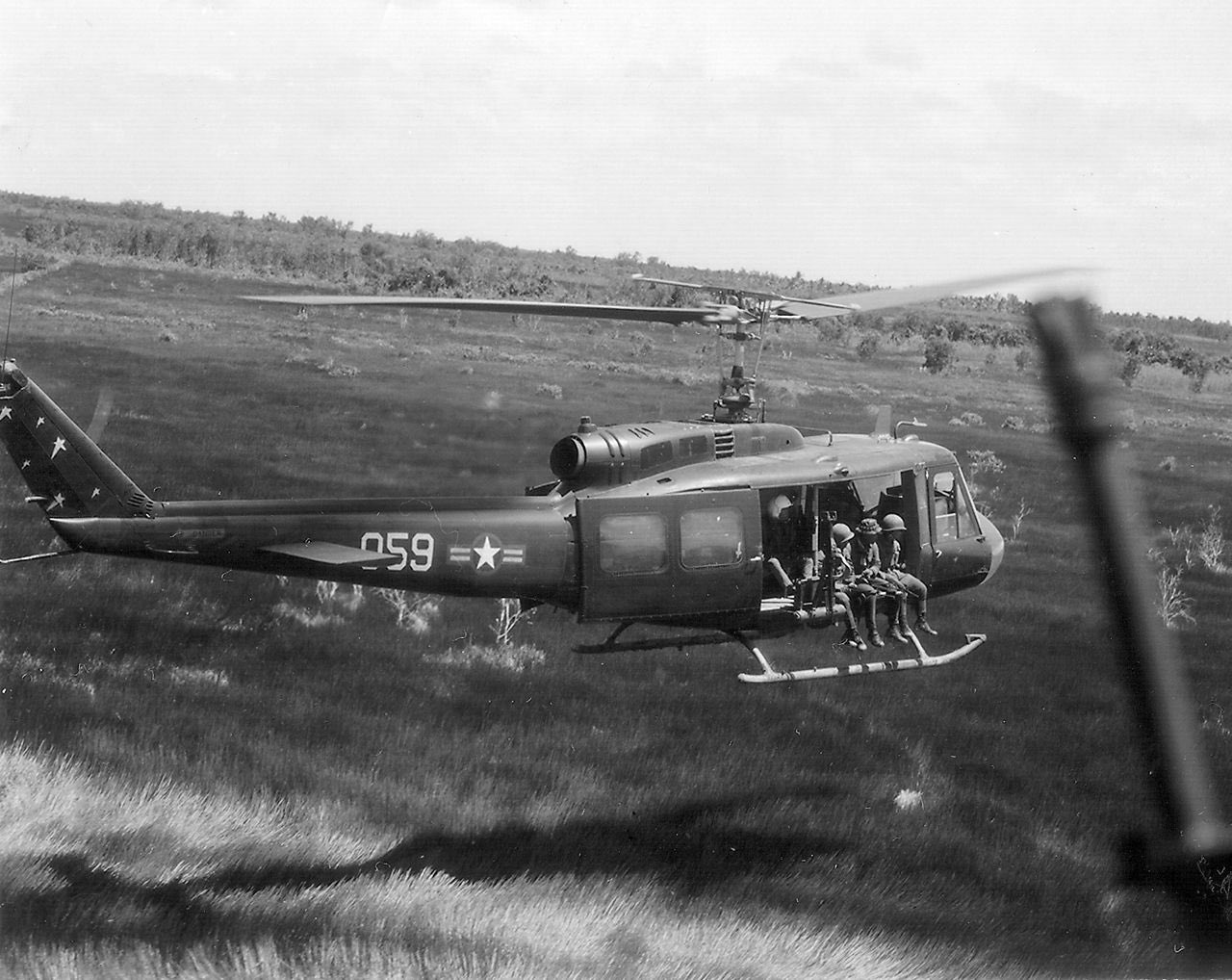
The Huey’s ability to quickly move troops into and out of difficult terrain while providing close air support redefined battlefield tactics. It also saved countless lives through its medevac role, quickly evacuating wounded soldiers to field hospitals.
The sight and sound of the Huey became synonymous with the Vietnam War, and it remains a powerful symbol of that era.
Modern Day Use
Despite being more than half a century old, the UH-1 “Huey” remains an active component of numerous military and paramilitary forces worldwide. Its enduring service can be attributed to its robust design, versatility, and adaptability. Here are some notable examples of its current service as of 2023:
Within the U.S., the UH-1N variant is still being used by the U.S. Air Force for various utility roles, including personnel transport, emergency response, and even as a platform for testing new technologies.

The U.S. Marine Corps also operates UH-1Y Venom, an extensively upgraded version of the original Huey, in various combat, reconnaissance, and logistical roles.
Japan Ground Self-Defense Force (JGSDF) maintains a fleet of UH-1Js, an updated version of the UH-1H tailored to meet Japan’s specific needs.
These helicopters are used in transport, disaster relief, and search and rescue roles, among others.
Germany uses the UH-1D model for search and rescue operations. Known as SAR (Search and Rescue) Hueys, they are stationed in various parts of the country, ready to be dispatched at a moment’s notice.

The Republic of China Army (Taiwan) operates a fleet of UH-1H helicopters for a variety of roles, including transport, utility, and training.
They have been in service for several decades and remain an integral part of the country’s helicopter forces.
While the Australian Defence Force retired its fleet of UH-1H Iroquois in 2007, the type continues to serve in a civilian capacity with numerous organizations, including fire and rescue services and private operators.
These examples demonstrate the continued value and versatility of the UH-1 “Huey,” an iconic helicopter that has served across generations and continues to perform a variety of missions worldwide.

Conclusion
The UH-1 “Huey” has had a profound impact on aviation, particularly military operations, and remains a testament to its robust, versatile design.
Its service during the Vietnam War revolutionized battlefield tactics, cementing the helicopter’s role in modern warfare.
Today, despite being over half a century old, the Huey continues to serve in various roles worldwide and remains an enduring symbol of a transformative era in aviation history.
Specifications
- Crew: 1–4
- Capacity: 3,880 lb (1,760 kg) including 11-14 troops, 6 stretchers and attendants, or equivalent cargo
- Length: 57 ft 9+5⁄8 in (17.618 m) with rotors
- Width: 9 ft 6+1⁄2 in (2.908 m) (over skids)
- Height: 14 ft 5+1⁄2 in (4.407 m) (tail rotor turning)
- Empty weight: 5,210 lb (2,363 kg)
- Gross weight: 9,039 lb (4,100 kg) (mission weight)
- Max takeoff weight: 9,500 lb (4,309 kg)
- Powerplant: 1 × Lycoming T53-L-13 turboshaft, 1,400 shp (1,000 kW) (limited to 1,100 shp (820 kW) by transmission)
- Main rotor diameter: 48 ft 0 in (14.63 m)
- Maximum speed: 127 mph (204 km/h, 110 kn) (at maximum takeoff weight)
- Range: 318 mi (511 km, 276 nmi) (with maximum fuel, no reserves, at sea level)
- Service ceiling: 12,600 ft (3,800 m) (at maximum takeoff weight)
- Rate of climb: 1,600 ft/min (8.1 m/s) at sea level (at maximum takeoff weight)

